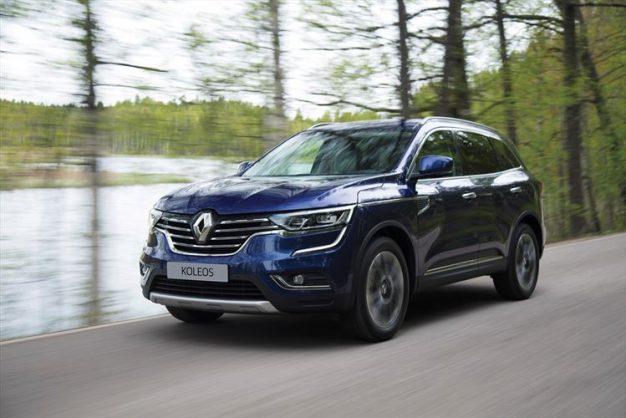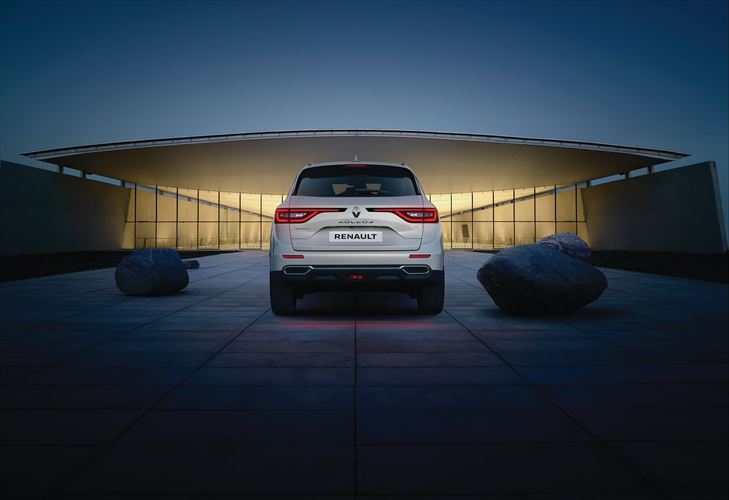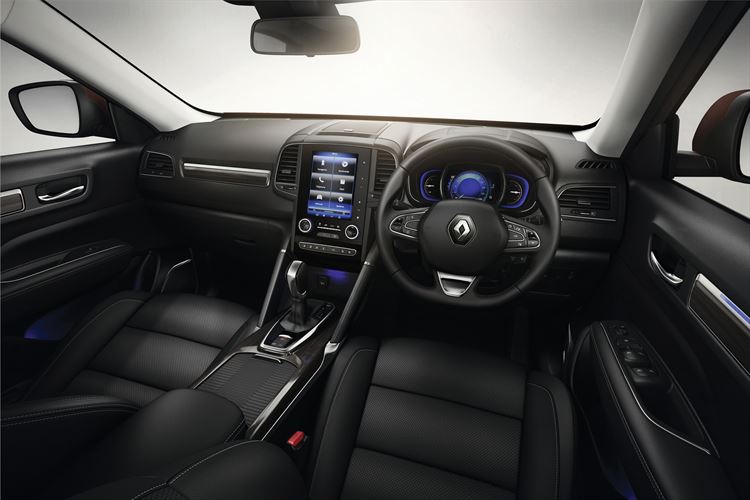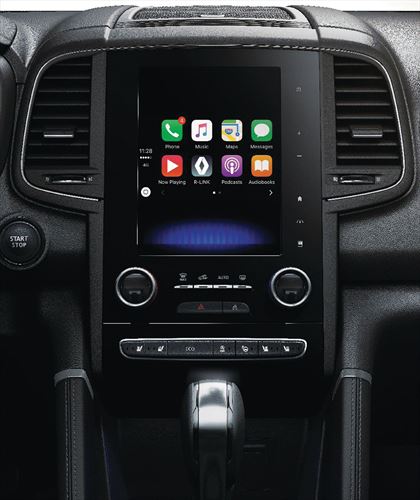
By re-introducing the Renault Koleos at the top of their SUV tree, the French manufacturer is hoping to snatch more market share away from its competitors.
And after initially deciding against offering the 2016-launched second-generation Koleos to South Africa, Renault is bringing back the model … with a bang.
Not only does the all-new Koleos boast a competitive price at Group 1 Renault, but it’s also very spacious, comfortable, well-specced and capable off-road too.
To keep the price down, Renault SA has only introduced one engine option, a 2.5-litre CVT with a power output of 126kW and 233Nm of torque.
There will be two Renault Koleos trim options available, Expression and Dynamique, with a 4×4 model topping the range.
According to Wayne van der Merwe, Renault SA’s senior product manager, a diesel engine and other transmission options would not have been financially viable.
“To be able to offer a 4×4 at under R500 000 is a great achievement for us,” says Van der Merwe.
“The new Koleos is a big car that displays social positioning of the driver. Rounded off by the double exhaust design at the back, it’s an expression of power.”
Looks are certainly something the Koleos gets right. Upfront, the eye-catching C-shaped Daytime Running Lights extends beyond the headlight units themselves to create an even more forceful gaze and at the back, the wide horizontal tail lights amplify the impression of width and draw attention to the centrally-positioned Renault diamond.
A very stylish interior features creature comforts like customisable LED cabin lighting to complement the mood of the driver and/ or passengers, front cup holders that can be chilled or heated and a sliding centre console for the ideal driving position.
In addition to having one of the longest wheelbases in its class, the Koleos’ wheelbase of 2 710mm and overall length of 4 670mm frees up record roominess for all occupants.
Rear passengers benefit from class-topping knee room (289mm) while there is also 464 litres of space in the boot which can grow to an impressive 1 795 litres with the rear seats folded down. Boasting a Euro NCAP five-star rating, all Koleos models come standard with brakes assisted by ABS, EBD, EBA, ESP, ASR and HAS, cornering fog lights, electrochromic rear-view mirror, blind-spot warning and park assist.
Driving the Koleos through torrential rain on the N4 towards Rustenburg was a pleasant experience as the car handled itself extremely well on the road while being equally impressive on wet gravel and dirt roads around Muldersdrift and Magaliesburg.
Although I’d be careful pushing it through technical terrain all out 4x4s are comfortable on, the car boasts an impressive ground clearance of 210mm and is definitely a cut above a mere “soft-roader”.
The 4×4 model features three driving modes, two-wheel drive, four-wheel drive automatic and wheel-drive lock.
In the latter, available torque is equally between the front and rear axles (50/50) when the vehicle travels below speeds of 40km/h.
The new Koleos comes standard with a fiveyear/150 000km mechanical warranty; plus a five-year/90 000km service plan and a six-year anti-corrosion warranty, with service intervals at 15 000km.
Anybody shopping around in the D segment would be foolish not to at least give the Koleos a good look in.
In Latin, Koleos means “testicle” and this offering surely possesses a pair of those.




Article from Bonjour Renault.




